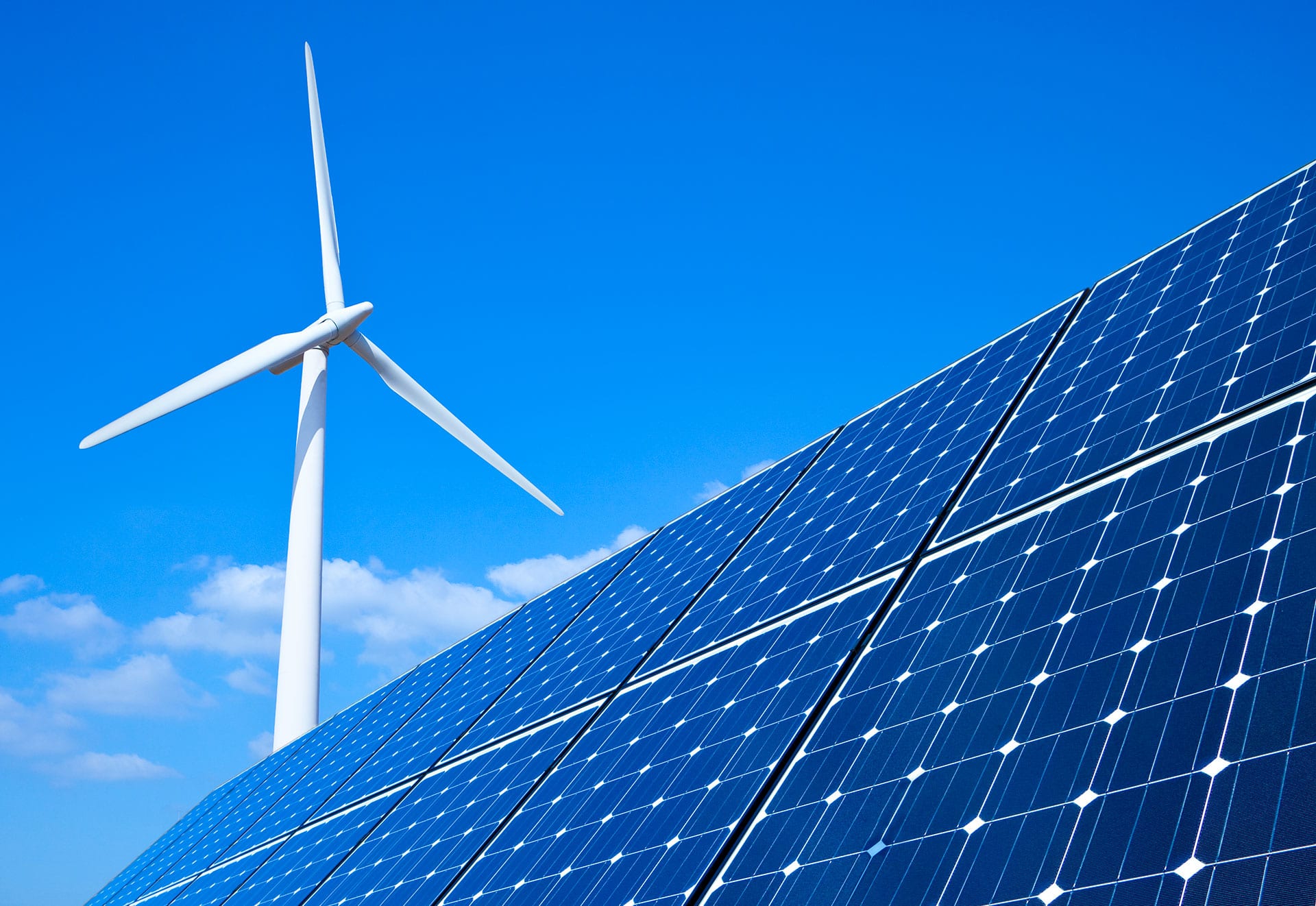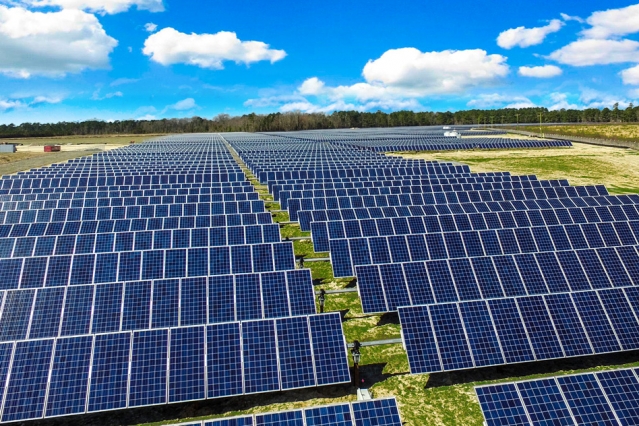The booming of solar farms has left the national power grid overloaded.
The mushrooming of solar power projects in Vietnam over the past few years has caused an overload on the electrical grid, putting many developers in a dilemma.
The number of solar farms soared from one in 2015, three in 2018, five in March 2019 to 82 as of June 30, 2019 (the deadline which developers were allowed to benefit Feed-in-Tariff regime of US cent 9.35/kWh in 20 years) has drawn the proliferation of this kind of renewable energy in the country which has attempted to reduce coal-fired power.
In terms of capacity, the current registered solar capacity has hit more than 7,000 MW compared to 850 MW outlined by 2020 in the Power Master Plan (Planning VII).
The Doanh Nhan Sai Gon newspaper quoted an EVN official as saying that the overload had become more visible after a decree on sample power purchase agreement (PPA) took effect in September 2017. Since then, EVN signed additional 54 PPAs with total capacity of more than 3,000 MW.
Within two months from end-April 2019 to end-June 2019, the number of solar power farms connected to the national grid rocketed to 82 with 4,464 MW from four with nearly 150 MW. The figures marked a record high in Vietnam’s power industry.
Such fast growth has cast a shadow on the solar energy sector as the national grid is unable to absorb additional volume, local media has reported.
As a result, a series of solar parks have been required by Vietnam Electricity (EVN) – the country’s sole power distributor – to generate below its capacity by between 38% and 64%.
Economist Pham Chi Lan said the authoritative requirement given to both solar and wind power developers show a paradox in developing renewable energy which Vietnam has pursued for sustainable growth.
The famous economist pointed out two reasons forming the paradox. First of all, authorized agencies have neglected investment in power distribution which is unable to load the surging capacity. Secondly, the concentration of solar parks in six central and southern provinces of high solar radiation has caused pressure on the local grid.
On June 26, 2019, the Binh Thuan Wind Energy Association (BTWEA) protested the reduction of generation capacity to the Ministry of Industry and Trade and EVN. Head of the association Bui Van Thinh said EVN’s National Load Dispatch Center (NLDC) asked all wind power developers and newly-operated solar farms to cut capacity by 38%-64% everyday in June. The request has broken contract which EVN had signed with developers before, Thinh criticized.
The power grid overload which is caused by planners’ incompetent vision has resulted in big losses to investors, wasting the national resources and distorting the renewables market, BTWEA argued.
Economist Pham Chi Lan said it’s authorized agencies that must be responsible for buying all volume generated by solar and wind producers, disheartening investors who are seeking investment in this sector. The situation goes against the government’s policies on encouraging investment in renewable energy for green growth.
the Hanoitimes


